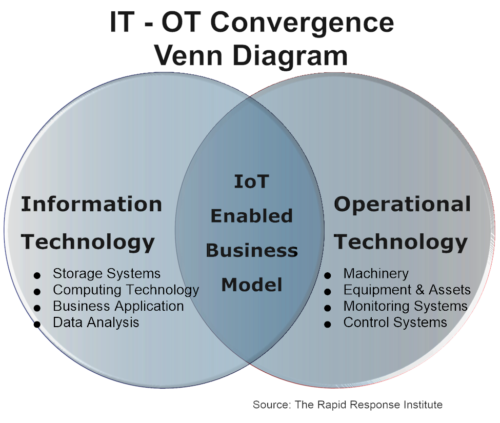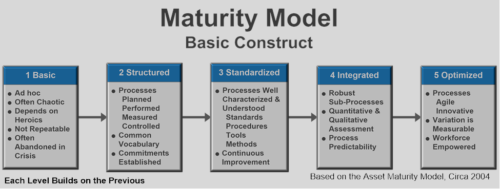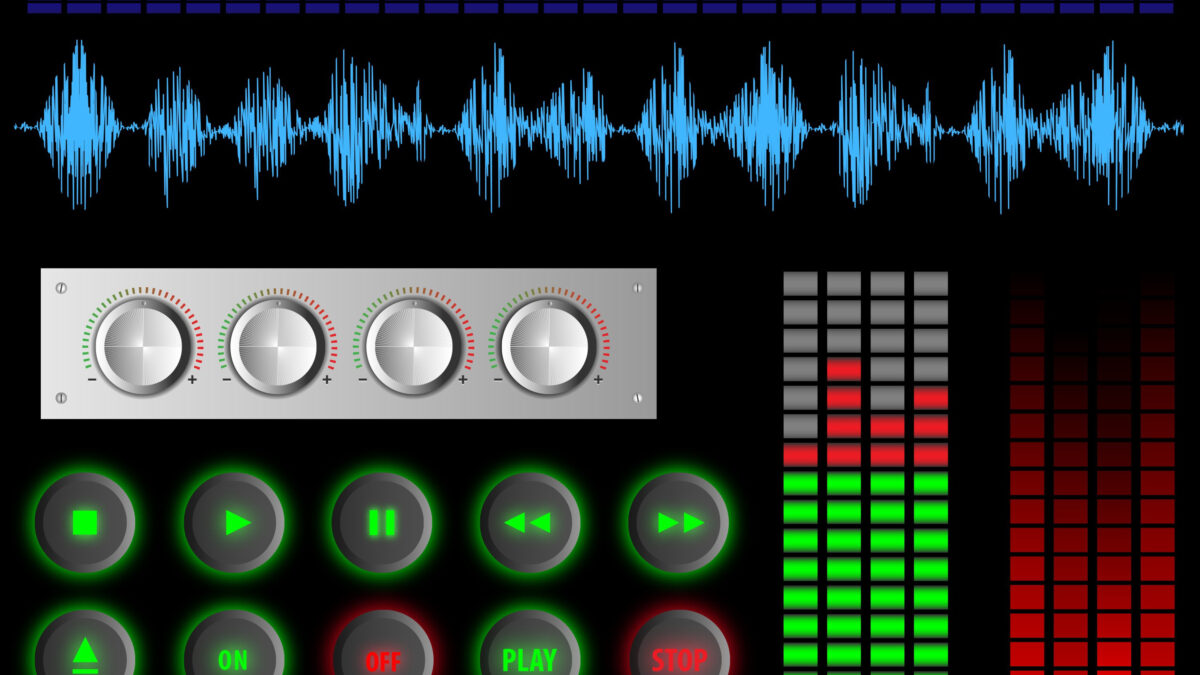Generally, this time of year humans are wont to look back on the closing year and assess the good and the bad, and dare I say the ugly? We celebrate successes, review the not so successes, and what is left undone. This process prepares us for the New Year’s resolutions that are often then broken.
Today, we will see lots of stories on the accomplishments of the year, notables that passed from this life and other celebrations and questions about the waning hours. In this piece, let us ask another question.
The subject of the Man—Machine relationship has long been the subject of comment and speculation. It remains so. Where are we along this path?
But as the march on a continuum towards the future, it is time to assess the level of Maturity of our Operational Excellence as a function of IT-OT.

Challenges remain. Recently, the Boeing’s Starliner space vehicle failed to reach its planned orbit. The glitch is apparently in the capsule’s clock where a programming error misinterpreted the stage of the mission.
News media reporting suggests that if astronauts had been on board, they may have been able to override the system and correct the problem. This is an area we have addressed herein on several occasions. When does the human act? Recent articles include:
The decision model whether to override the computer remains elusive. Likely, it will for some time.
In this writer’s opinion, it is currently difficult to develop an appropriate governance model for this emerging man-machine interface. That said, the task is upon society and individuals and organizations must proactively engage.
Not Just Digitalization
There is much ado about the promise of digitalization and speculation about its ability to be a game changer. One wonders how any technology available to all warrants such status?
Since the advent of the Turing machine, circa 1936 and its enablement of the winning of Word War II (at least in Europe), there has been a level of trust in information technology that is not always warranted. Today, how many of us will sit with our children in the backseat of a driverless automobile?
Human factors must be considered when new technology models are put forth. After all, humans still govern, right?
Maturity Assessment
Building on the CMMI and our own maturity model development methodology we put forth a set of constructs. Beginning in 2004, when we released our Roadmap study. It was one of the earliest, if not the first industry wide assessment of the so-called digital oilfield and guide for organizations to transform themselves with this enabling technological model.
As part of that study we posited a maturity model that still has applicability for heavy industry and its use of information technologies to manage the business. An updated version is shown in the following figure.

For many organizations, Level 3 is satisfactory and accomplished the required. One can argue that an airline autopilot would be at least Level 4.
The current issues Boeing has with is space capsule and 737 suggests that may not be the case. By the way, this is not limited to this manufacturer, others have similar issues as well.
In the opinion of this writer, as a society we are at best Level 2 when it comes to digitalization. What do readers think?
Paraphrasing a famous election cycle quote, “It’s the software, stupid.” Are we near a digital tipping point? Perhaps not.
Much work is yet to be done. Fear not for the robots taking your job—at least for the moment.
What is Your Digitalization Management Maturity Level?
For More Information
Please note, RRI does not endorse or advocate the links to other third-party materials. They are provided for education and entertainment only.
For more information on Cross Cultural Engagement, check out our Cross Cultural Serious Game
You can contact the author as well.
End Notes
https://www.space.com/boeing-starliner-oft-fails-to-reach-correct-orbit.html
https://en.wikipedia.org/wiki/Turing_machine
https://therrinstitute.com/maturity-models/
(2004, September). Roadmap to Enterprise Optimization: A Guide to the Impact of Information Driven Field Operations on the Petroleum Corporation.
https://www.popularmechanics.com/flight/airlines/a26854898/plane-automation-crashes-incidents/

